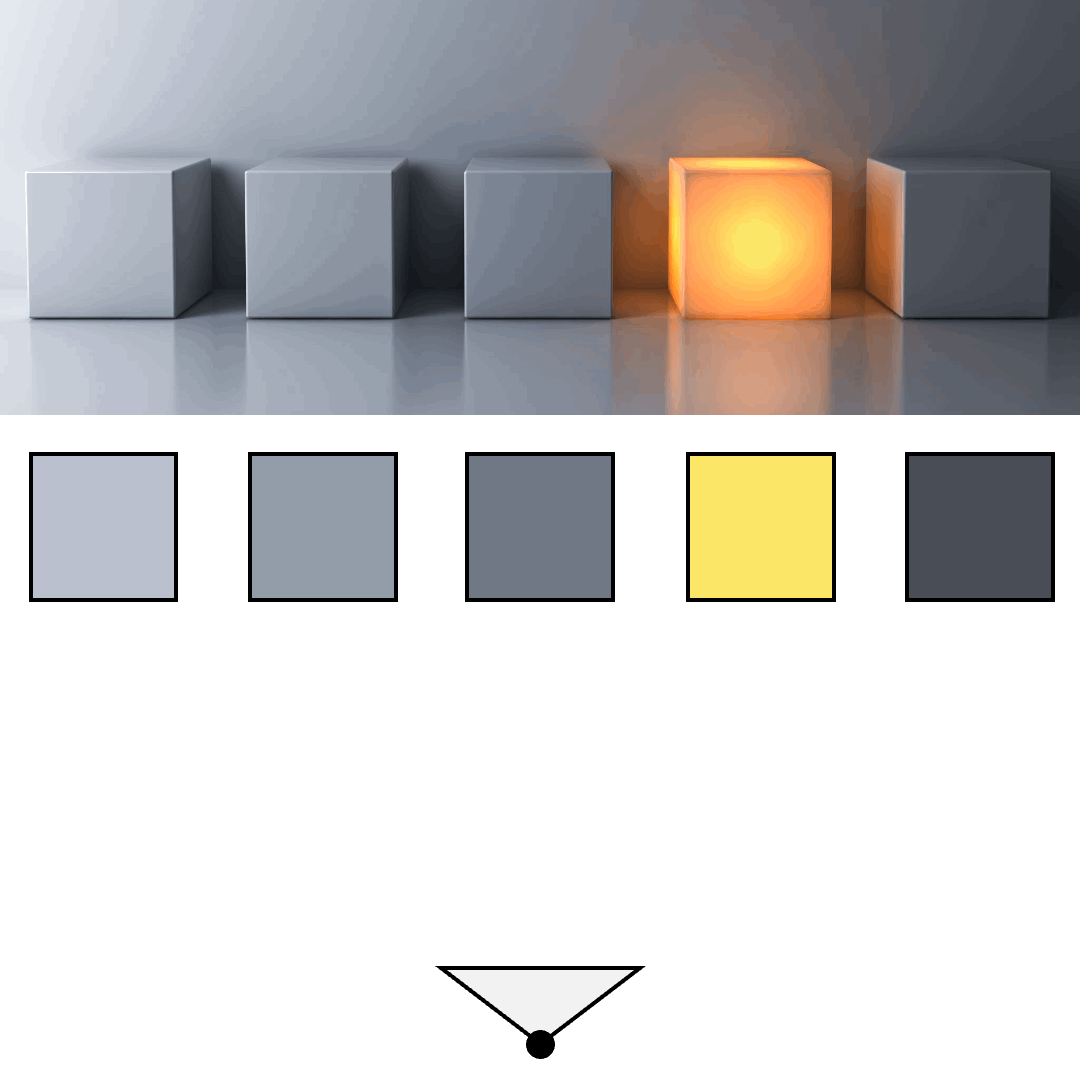
Rethinking Inductive Biases for Surface Normal Estimation
CVPR 2024 (Oral)

CVPR 2024 (Oral)
The input videos are from DAVIS. The predictions are made per-frame (we recommend watching in 4K).
In recent years, the usefulness of surface normal estimation methods has been demonstrated in various areas of computer vision, including image generation, object grasping, multi-task learning, depth estimation, simultaneous localization and mapping, human body shape estimation, and CAD model alignment. However, despite the growing demand for accurate surface normal estimation models, there has been little discussion on the right inductive biases needed for the task.
In this paper, we propose to use the per-pixel ray direction as an additional input to the network.

Ray direction provides an important cue for the pixels near occluding boundaries as the normal should be perpendicular to the ray.

It also gives us the range of normals that would be visible, effectively halving the output space. We incorporate such a bias by introducing a Ray ReLU activation.
We also propose to recast surface normal estimation as rotation estimation. At first, this may sound like we are over-complicating the task. Why should we estimate $\mathbf{R} \in SO(3)$, which has three degrees of freedom, instead of estimating $\mathbf{n} \in S^2$, which only has two degrees of freedom?
Let's start by parameterizing $\mathbf{R}$ using the axis-angle representation
$$\boldsymbol{\theta} = \theta \boldsymbol{e}$$
where a unit vector $\textbf{e}$ represents the axis of rotation and $\theta$ is the angle of rotation.

For most pairs of pixels, $\theta$ would simply be $0$ or $\pm 90^\circ$. Plus, the angle between the normals, unlike the normals themselves, are independent of the viewing direction, making it easier to learn.
Finding the axis of rotation is also straightforward. When two (locally) flat surfaces intersect at a line, the normals rotate around that intersection. As the image intensity generally changes sharply near such intersections, the task can be as simple as edge detection.

Modeling the relative change in surface normals is not just useful for flat surfaces. In this example, the relative angle between the normals of the yellow pixels can be inferred from that of the red pixels by assuming circular symmetry.
Please refer to our paper for additional information on how to incorporate the aforementioned inductive biases.
Here we provide a comparison between Omnidata V2 (left) and ours (right). The input images (shown at the top-left corner) are in-the-wild images from the OASIS dataset. Despite being trained on significantly fewer images, our model shows stronger generalization capability.


Research presented in this paper was supported by Dyson Technology Ltd. The authors would like to thank Shikun Liu, Eric Dexheimer, Callum Rhodes, Aalok Patwardhan, Riku Murai, Hidenobu Matsuki, and members of the Dyson Robotics Lab for insightful feedback and discussions.
@inproceedings{bae2024dsine,
title={Rethinking Inductive Biases for Surface Normal Estimation},
author={Gwangbin Bae and Andrew J. Davison},
booktitle={IEEE/CVF Conference on Computer Vision and Pattern Recognition (CVPR)},
year={2024}
}